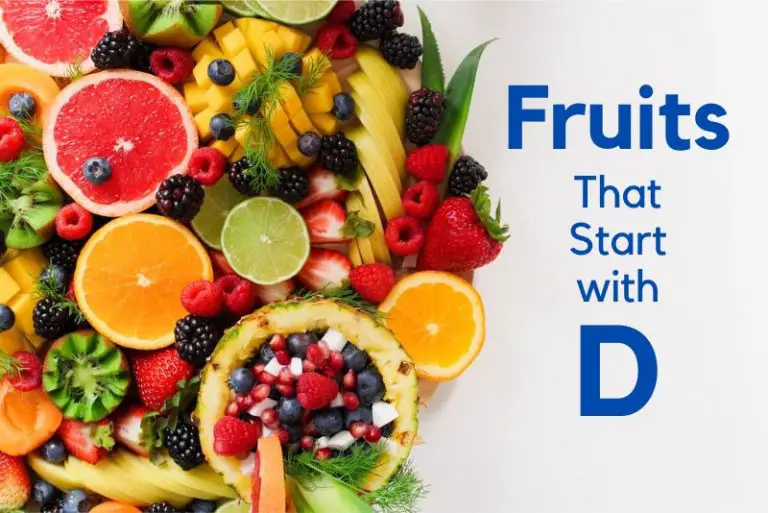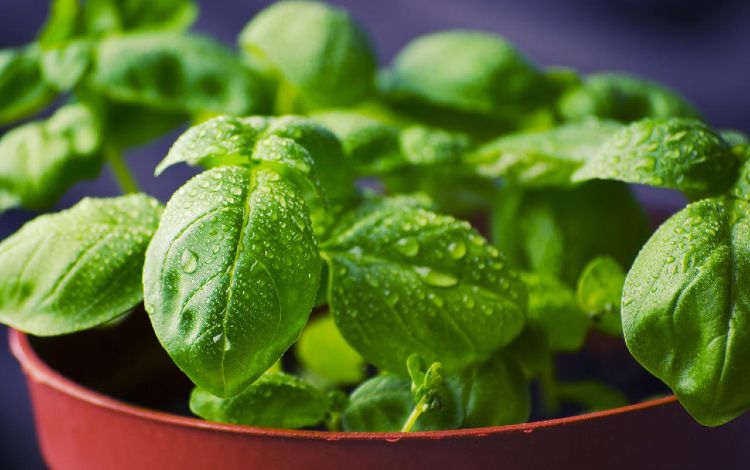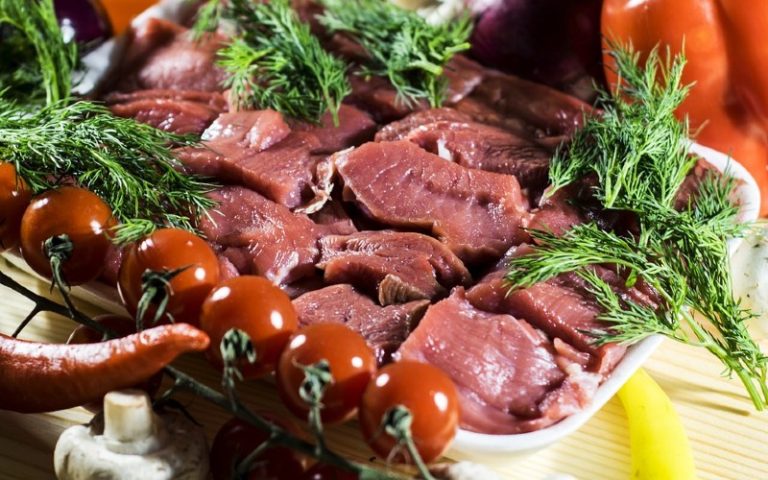“The Free Range Cook” by Annabel Langbein
“The Free Range Cook”, written by Annabel Langbein and published by Mitchell Beazley, is a tour de force for all home cooks, kitchen gardeners, foragers and those that love to entertain with the seasons. Its author is one of New Zealand’s best loved and most well-known food writers, but she is not so well known in the rest of the world. This book might well change all that.
Annabel’s chapters are organised in a really organic and natural style; From the Oven, From the Garden, From the Farm, From Lake and Sea, From the Larder and From the Orchard. The chapters and recipes cover many different aspects of cooking such as baking, cooking outdoors, cooking with home grown produce (including tips for creating a vegetable garden), preserving, making jams, dips, sauces and marinades as well as putting together meals and menu plans for simple entertaining.
The author’s focus is to make the best of everything that nature has to offer. She promises that anyone can make her ‘Busy People’s Bread,’ a one-mix dough which rises in the oven with no requirement to knead. She encourages you to try planting even a small window box of fresh herbs or visit a farm or farmers’ market for the freshest seasonal produce you can find. Annabel’s shares her mantra throughout which is “the closer you get to the source, the better your food is likely to taste.”
The recipes are simple, down-to-earth and inspiring. Since the UK shares a similar climate to New Zealand, all of the ingredients in her book are seasonally available over here. In most cases, the produce speaks for itself with very little preparation required and very little else added. For example, the Vegetable Medley calls for seasonal vegetables with a small amount of water, butter, lemon and black pepper whilst the Crispy Pork Belly, made to an Italian recipe, is cooked in a bath of milk with salt, sage leaves and black pepper. Some of the recipes take on more flavour, such as the Barbecued Lamb with Spicy Rub or Spicy Chicken Skewers with Chermoula Marinade, in which case a few additional herbs and spices are required, such as cumin, chilli, ginger, garlic and coriander, or in the case of recipes with an Asian influence, fish sauce or lemon grass.
Recipes that immediately caught my attention were the Slow Roasted Tomatoes with Fresh Cheese and Pitta Breads, Goat Cheese and Spinach Soufflés, Crispy Pork Belly and most of all, Annabel’s Strawberry Cloud Cake. For a seasonally inspired meal for friends a menu suggestion isAsparagus, Snow Pea and Scallop Salad with Citrus Chilli Dressing, followed by Lamb Racks with Salsa Verde and Broad Bean Mash, finishing with Individual Berry Crumbles which I can’t wait to make. Annabel’s style of cooking seems easy to adopt and she has a really relaxed, laid-back approach to her instruction.
The food is captured against the stunning landscape of Annabel’s lakeside cabin in Wanaka, though Annabel also spends some of her time living in Auckland. Although Annabel has written 17 books in total, she is relatively unknown here in the UK, so I was keen to speak to her whilst she was visiting the UK to find out a little more about her food philosophies and why cooking with fresh ingredients is so important to her.
Question: Annabel, you’ve been writing cookery books for around fifteen years in New Zealand, could you tell us a little bit about your background and who or what inspired you to cook?
Answer: Well I think, like lots of people who cook, I came out of the womb with a wooden spoon, as my mother would say. She was a great source of inspiration and like lots of kids I used to spend a lot of time in the kitchen because she was always baking and I was always waiting to lick the spoon. Before I knew it I was baking cakes and rolling out pastry. I never really thought that I was a cook, per se, even though I was always cooking, I had never thought of it as being a career choice. I did a lot of travelling and wherever I was going I was always cooking.
For a while I lived in South America and at one point, the people I lived with, who were all Argentinean, realised that I was always cooking and wanted to know if I could bake croissants. So, I ended up contacting my parents and my mother, who was a great cook and also an artist, ended up sending me all these drawings of how to make croissants.
I remember having to make my own lard because there wasn’t any butter. People used to come round and want to buy them and before I knew it I had a business and I realised I could do something I really liked and make a living. That was sort of the beginning of realising that there was this wonderful journey to be had with food as the conduit without ever really realising before that it was my essence. When I was young I never really understood that it was such a fundamental part of who I was – being a cook.
Q: What do you think is the most important thing for home cooks to take note of from your books?
A: I think it is probably the fact that fresh ingredients are the most important thing. We have a mantra in our house ‘eat fresh foods not barcodes’. If you start with really good quality, fresh ingredients then nature has done most of the hard work for you and it doesn’t take much to make something really delicious. A perfectly ripe fig with a delicious goat’s cheese and a drizzle of honey and you’re in heaven. I think that those simple experiences are about knowing the food chain and knowing the seasons. It’s sort of more educational, learning how to taste with your eyes and your nose as well as your palate.
Q: Do you have any advice for people who say they haven’t got much time to cook?
A: It’s really interesting when people say they haven’t got time for cooking. I think I am my own best audience being a busy mum what I try and do is called “Fridge Fixing.” In the book there is a green panel down the side of some of the recipes. It means that if you make up something like a roasted pepper sauce or a nice vinaigrette or some caramelized onions you can make a bigger quantity of that and then you’ve got it there and that allows you to transform very simple everyday ingredients, whether it’s pasta or potatoes or beef or chicken into something very delicious without making things from scratch.
I actually believe that if you look at the pattern or rhythm of your day then you can spend fifteen minutes preparing something so that you can sit at the table all together and have a nice conversation – it ensures that you have a little ritual in your life. You may have had a really bad day but we always sit down at the table and light a candle and that’s a really nice moment.
Q: You talk a lot in your book about enjoying growing your own produce, again if people haven’t got time to do that or perhaps are just starting out and waiting for things to grow what would you say is the next best available alternative?
A: I think going to a farmers’ market is a really great way of looking at your local community around food, you can get to know the cheesemonger or the person who brings the apples to town. You end up knowing them and trusting them as your supplier and having a conversion with them and looking forward to seeing them. It becomes a community building thing.
There is an increasing trend for balcony or window-sill gardening so even if you just have a little tub of mint or some Italian parsley it does provide that connection to the soil. It really is extraordinary the pleasure you can get from even a little amount of effort, chopping some parsley and adding a bit of freshness. I think it makes such a difference to the way your food tastes if you are able to do that.
Q: If people were trying to grow their own what would you say is the easiest thing to plant?
A: I think it’s very gratifying to grow things such as rocket or salad mixes and what I do is plant the seeds really densely and they need lots of water. It will take about four to six weeks for the seedlings to come up but it’s like a lawn: you cut and the leaves come up again about three or four times. You go outside and you’ve suddenly got instant salad, or an accompaniment to pasta.
Q: Do you have a favourite time of the year or a favourite season in New Zealand?
A: I do love the end of summer when everything is coming to its full flush after the sun and you have all those things like eggplants, capsicums, chillies and the tomatoes are so sweet. By the same token, after you’ve come through a long, cold winter and new things pop through like asparagus, rhubarb and the soft greens, there is something quite magical about that too.
Q: Do you have a favourite chapter or a favourite recipe in the book?
A: I love them all, that’s a really difficult question! I like cooking outdoors I really enjoy being able to light a fire and cook something outdoors because it invokes a sort of care-free, summer holiday existence.
Sometimes we just make lamb or perhaps some spicy chicken kebabs with a Chermoula marinade. What I also often do to save time is with a marinade, save some of it before putting it on your meat and then use that with whatever dressing you are making. So with my chermoula marinade I mix some of it with yogurt or soured cream and it makes the most fantastic dip.
I also enjoy making things such as crème fraiche or my own soft cheese which is actually really easy and everyone thinks you’re so clever! Also on the Strawberry Cloud Cake and the Pork Belly I think have had some of the best feedback.
Contact Details:
Annabel Langbein’s website: www.annabel-langbein.com


